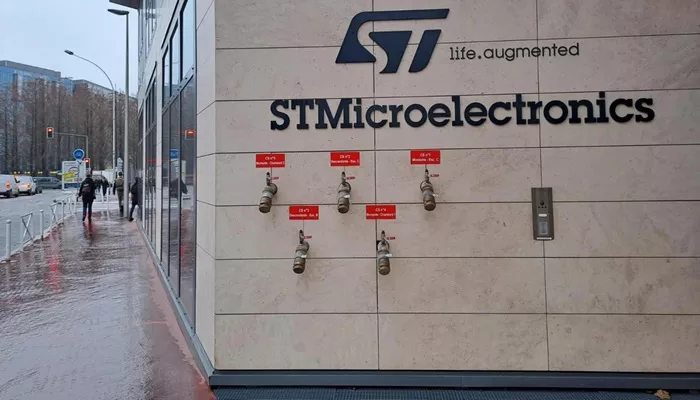STMicroelectronics, a global semiconductor leader, has partnered with HighTec EDV-Systeme GmbH to enhance automotive functional safety. The collaboration aims to make software-defined vehicles safer and more affordable by combining HighTec’s ISO 26262 ASIL D-certified Rust compiler with ST’s Stellar 28nm microcontrollers, which also meet the same safety standard. Rust, known for its safety and reliability, is increasingly being adopted in the automotive industry for developing safety-critical systems.
“Software-defined technologies are transforming vehicle design by replacing traditional electronic control units with programmable systems,” said Davide Santo, Automotive Microcontroller Business Unit Director at STMicroelectronics. “Our partnership with HighTec allows automakers to leverage Rust while meeting the industry’s highest safety standards.”
Mario Cupelli, CTO of HighTec, emphasized the significance of the collaboration: “We’ve created the first Rust compiler qualified for ISO 26262 ASIL D. When paired with ST’s Stellar microcontrollers, we deliver a seamless, safety-compliant solution for customers, covering compiler, hardware, and software.”
The partnership provides a robust toolchain for automotive software development, ensuring compliance with safety standards while reducing time-to-market. By integrating HighTec’s Rust compiler with ST’s Stellar MCU family, the solution accelerates the development of safety-critical systems, addressing the growing demand for software-defined vehicles.
Rust’s safety, performance, and reliability make it a strong choice for mission-critical automotive applications. HighTec’s compiler also allows seamless integration with existing C/C++ code, offering a secure platform for automotive software development.
ST’s Stellar automotive microcontrollers, built on Arm® Cortex®-R52+ cores, are designed for next-generation automotive systems. They are certified to ISO 26262 ASIL D, delivering high performance and scalability for applications in electrification, safety-critical systems, and more.
This collaboration marks a significant step forward in advancing the safety and efficiency of software-defined vehicles, meeting the evolving needs of the automotive industry.

